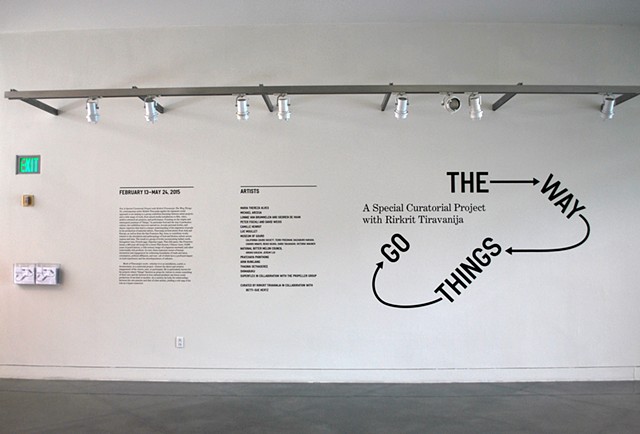The Way Things Go | Yerba Buena Center for the Arts
Yerba Buena Center for the Arts.
Fri, Feb 13, 2015 to Sun, May 24, 2015
Curated by Rikrit Taravanija and Betti-Sue Hertz
For this exhibition, contemporary artist Rirkrit Tiravanija invited artists from Asia and Europe, as well as from the San Francisco Bay Area, to contribute works related to the circulation and anthropology of seeds, plants, food, recipes, and related materials of kitchen culture that have circulated across regions and time. Featuring 12 artists projects and a wide range of work, from mixed-media installations to film, video, archive-oriented art, The Way Things Go explores how personal effects, gourds, seeds, a recipe, and sugar all yield stories that go beyond each artist’s personal intention, and creates a larger story of interwoven meanings embedded in cultural geography and spatial history.
In Tiravanija’s artworks, “things” often function as props for visitors to create something of their own, creating cultural products, which in turn, foster social production, and demonstrate how origins, journeys, and the stories that surround them are catalysts for bringing people into a more intimate understanding of themselves and the interdependence of cultures. In the exhibition, featured artists share personal and focused stories that open up to larger scenes of human interaction and engagement by redrawing boundaries of trade and labor, colonization, political affiliation, and war—all of which have a profound impact on vernacular, local, and indigenous experiences. Participating artists are: Maria Thereza Alves, Michael Arcega, Lonnie van Brummelen and Siebren de Haan, Peter Fischli and David Weiss, Camille Henrot, Luc Moullet, Museum of Gourd, the National Bitter Melon Council, Pratchaya Phinthong, Arin Rungjang, Thasnai Sethaseree, Shimabuku, and SUPERFLEX in collaboration with the Propeller Group.
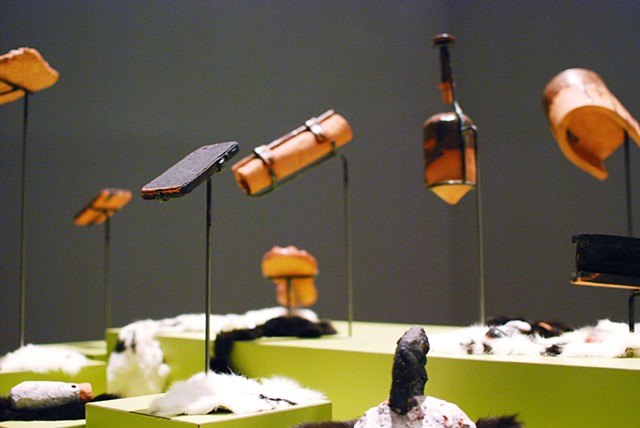
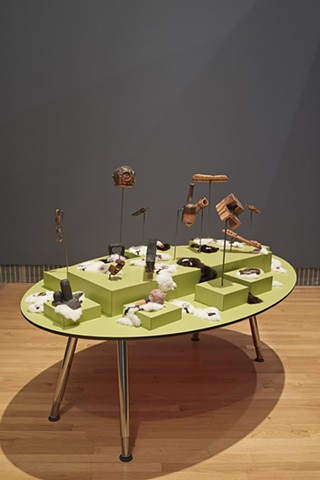

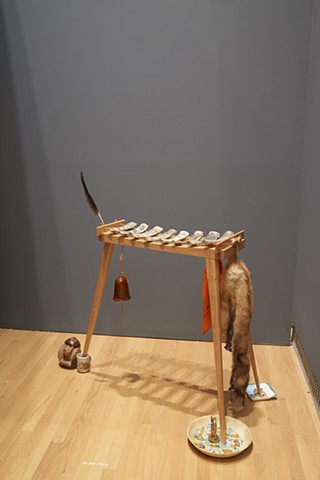
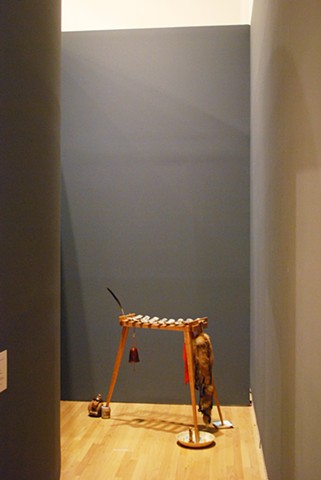
![Xylophoneme (Kulintang Buto) [detail]](http://img-cache.oppcdn.com/fixed/31068/assets/YcmOWtuEjhKXmb5F.jpg)
![Xylophoneme (Kulintang Buto) [detail]](http://img-cache.oppcdn.com/fixed/31068/assets/5eU3dPIMFVFwypmD.jpg)
![Xylophoneme (Kulintang Buto) [detail]](http://img-cache.oppcdn.com/fixed/31068/assets/nTUTfm_VYsxd4M7o.jpg)
![Xylophoneme (Kulintang Buto) [detail]](http://img-cache.oppcdn.com/fixed/31068/assets/JxLsDK5U_8C3WpJl.jpg)
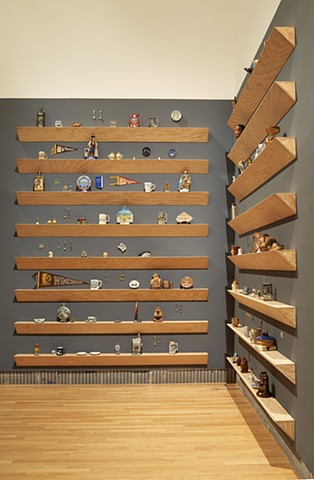
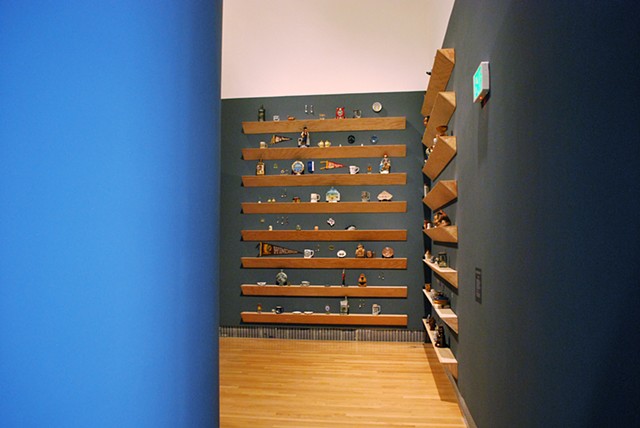
![The New Colossus (a translation) [detail]](http://img-cache.oppcdn.com/fixed/31068/assets/qE8t5ocyRKSJ_Azp.jpg)
![The New Colossus (a translation) [detail]](http://img-cache.oppcdn.com/fixed/31068/assets/4Xmie4OOi7hVrugf.jpg)
![The New Colossus (a translation) [detail]](http://img-cache.oppcdn.com/fixed/31068/assets/OkUN92XOzT8q6r_O.jpg)
![The New Colossus (a translation) [detail]](http://img-cache.oppcdn.com/fixed/31068/assets/C48ae5VsuI7bO7zT.jpg)
![The New Colossus (a translation) [detail]](http://img-cache.oppcdn.com/fixed/31068/assets/nds8undy9gY6erAi.jpg)
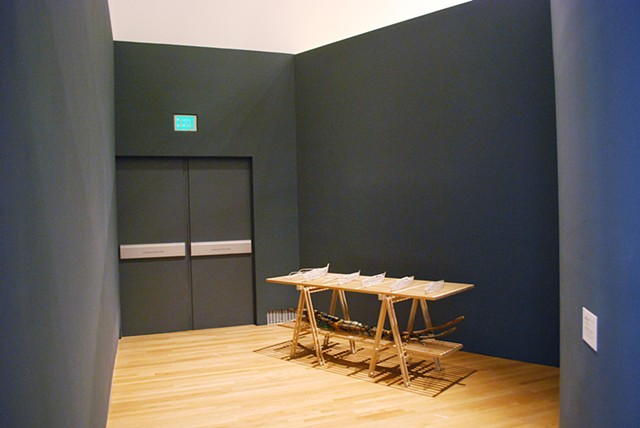
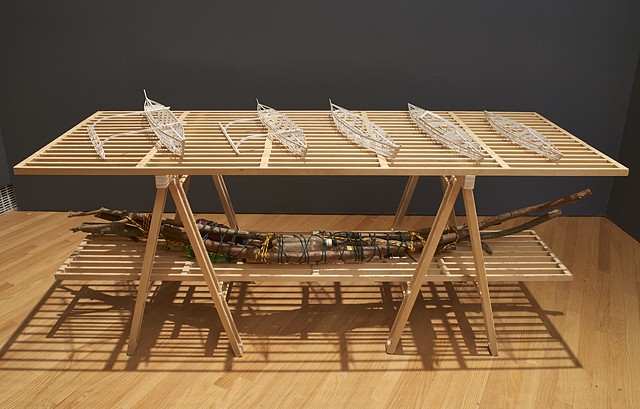
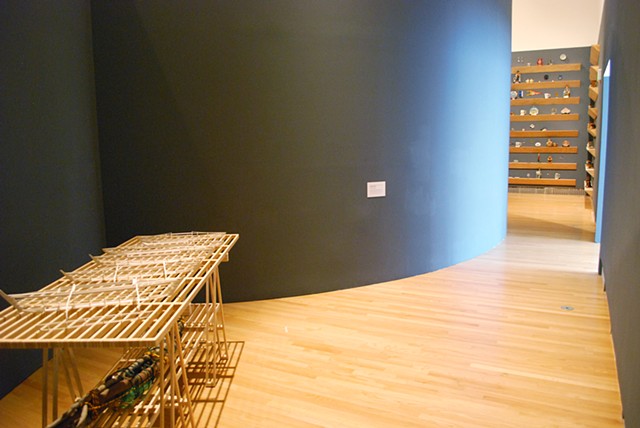
![[detail]](http://img-cache.oppcdn.com/fixed/31068/assets/4hE4VHtkvfCPLpWO.jpg)
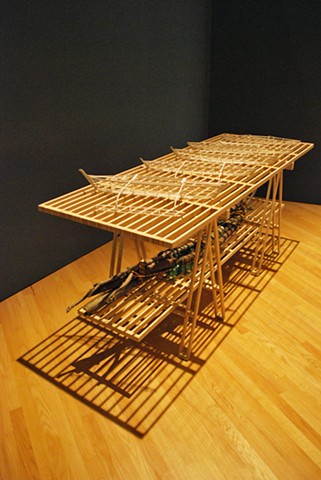
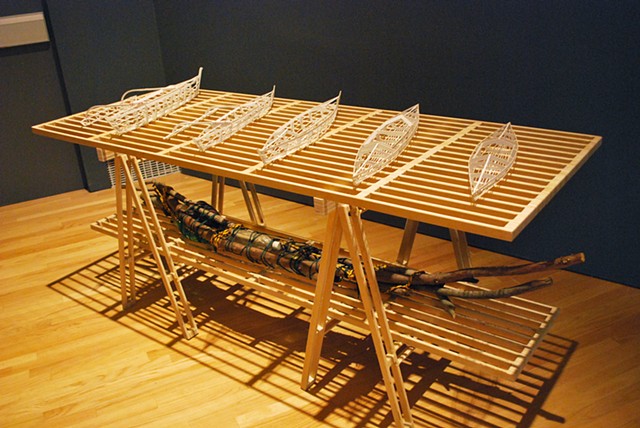
![[detail]](http://img-cache.oppcdn.com/fixed/31068/assets/SY3AbhUsIo7DaEns.jpg)
![[detail]](http://img-cache.oppcdn.com/fixed/31068/assets/6AS4RuMpto6QOiOz.jpg)
![[detail]](http://img-cache.oppcdn.com/fixed/31068/assets/3v1m2tSH2EtKkfM4.jpg)
